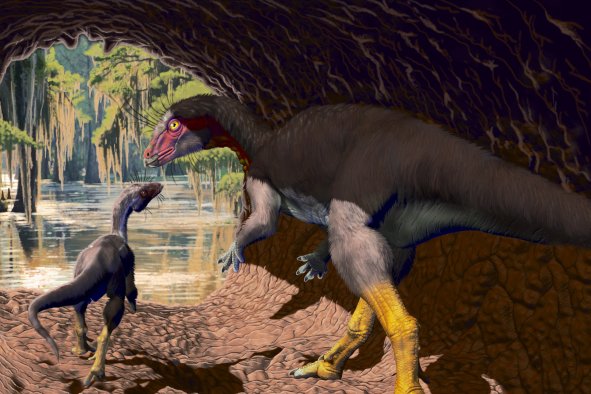The reasons why Hurricane Beryl suddenly veered north toward Texas have been revealed by a meteorologist.
Hurricane Beryl was a Category 1 storm as it slammed into Texas on Monday morning, pummeling Houston and claiming seven lives on top of the 11 already killed on its way through the Caribbean, according to The Associated Press.
The storm was initially forecast to blow southwest of Houston, near the Mexican border, but its path turned abruptly to the north before it made landfall in the middle of the Texas Gulf Coast.
Anthony Franze, a meteorologist, wrote in an article for the Houston Chronicle explaining that this happened because of several factors that influence how hurricanes and tropical storms move.
Hurricanes are steered through the atmosphere by winds and regions of high and low pressure, as well as interactions with other weather systems, landmasses, and the Earth's rotation.
Franze explains that an area of high atmospheric pressure over the Atlantic Ocean during the summer named the "Bermuda high"—which rotates clockwise—is often the reason that hurricanes move westward across the Atlantic towards the Caribbean and then turn north.
When the Bermuda high is further east in the Atlantic, storms are turned northward before they make landfall in the U.S. and tend to hit land further up the East Coast, while when the high pressure system is more to the west, the storms are directed north when they are further into the Gulf, making landfall in Texas or Mexico.
This year, the Bermuda high is further west, so this system likely had a large impact on why Beryl moved so far into the Gulf before turning north.
However, the reason for why the hurricane suddenly swerved more northerly than initially forecast may be due to a low-pressure trough over the middle of the U.S., Franze explained. This trough essentially sucked Beryl up into Texas just before it made landfall, making it veer closer to Houston than had first been predicted.
"Troughs basically act like a wall that tropical cyclones cannot cross and cause the tropical cyclone to recurve and start moving northwest. From the storm perspective, the storm's thunderstorm organization, strength of the winds, and size of the storm impact where a storm will go," Chris Slocum, a physical scientist at the National Oceanic and Atmospheric Administration, told Newsweek.
Franze also explained that Beryl's lurch to the north was likely also influenced by its continued strength, as stronger storms are more heavily influenced by low-pressure troughs.
Beryl intensified to a Category 4 hurricane only a few days after forming, and reached Category 5 on July 1. The storm remained powerful as it wreaked havoc across Grenada, St. Vincent and the Grenadines, Venezuela, and Jamaica, only weakening to a tropical storm after hitting Mexico's Yucatán Peninsula at the weekend. The storm then intensified to a Category 1 hurricane before it made landfall in Texas.
Beryl is now a post-tropical cyclone, having moved across the U.S. up to the Midwest, sparking outbreaks of tornadoes in its wake.
Heavy rainfall will result in areas of flash flooding, some of which may be considerable, on Wednesday and into the night, from southeast Michigan into portions of central and northern New York and northern New England," the National Hurricane Center said in a forecast discussion on Wednesday. "A few tornadoes are possible today, mainly over western and central New York."
Do you have a tip on a science story that Newsweek should be covering? Do you have a question about Hurricane Beryl? Let us know via science@newsweek.com.
Disclaimer: The copyright of this article belongs to the original author. Reposting this article is solely for the purpose of information dissemination and does not constitute any investment advice. If there is any infringement, please contact us immediately. We will make corrections or deletions as necessary. Thank you.




